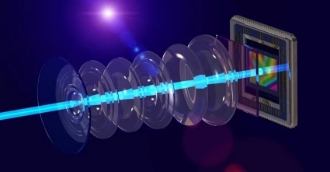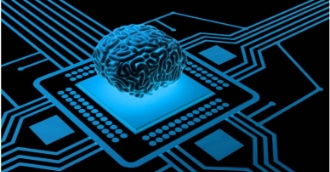Revolutionizing Low-Power Electronics Through Spin-Based Innovation
In an era where energy efficiency and miniaturization drive electronic design, a quiet revolution is unfolding at the quantum scale. Spintronics-a field leveraging the spin property of electrons alongside their charge-promises to overcome the fundamental limitations of traditional electronics. By harnessing electron spin polarization, spintronic devices offer unprecedented advantages: ultra-low power consumption, non-volatile memory storage, and GHz-range switching speeds. This article explores how spintronics is reshaping data storage, logic computing, and sensor technologies, paving the way for a new generation of energy-efficient electronics.
The Spin Advantage: Beyond Charge-Based Electronics
Traditional semiconductors rely solely on the charge of electrons to carry information, a model constrained by inherent energy losses (e.g., Joule heating) and volatility (data loss on power-off). Spintronics introduces a dual-property paradigm, utilizing the spin angular momentum of electrons, which exhibits two states: "up" or "down," analogous to binary bits (0/1). This dual functionality enables:
Non-Volatility: Data stored via spin states persists without continuous power, unlike DRAM.
Low Power: Spin currents generate 10x less heat than charge currents, critical for battery-driven devices.
High Speed: Spin waves (magnons) propagate at microwave frequencies, enabling ultrafast signal processing.
Key materials like ferromagnetic metals (e.g., iron, cobalt) and magnetic semiconductors (e.g., GaMnAs) serve as the foundation, while heterostructures combining these materials with non-magnetic layers (e.g., copper, silicon) enable spin-polarized current manipulation.
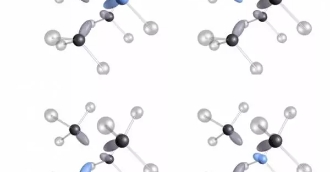
Core Technological Breakthroughs
1. Magnetic Tunnel Junctions (MTJs): The Heart of Spintronic Memory
MTJs are nanoscale sandwich structures consisting of two ferromagnetic layers separated by an insulating barrier. The resistance of an MTJ depends on the relative orientation of electron spins in the two layers: parallel spins (low resistance) and antiparallel spins (high resistance). This property underpins magnetic random-access memory (MRAM), which offers:
10-year Data Retention: Outlasting flash memory's 5-7 year lifespan.
20ns Write Speeds: 5x faster than NAND flash.
10^15 Write Cycles: 1,000x more durable than DRAM.
Companies like Everspin have commercialized 28nm MRAM chips for industrial control systems, achieving 50% lower power consumption than SRAM while maintaining byte-addressable random access.
2. Spin-Transfer Torque (STT): Enabling Spin-Based Logic
STT technology uses spin-polarized currents to switch magnetic states, eliminating the need for bulky electromagnets. Researchers at IBM have demonstrated STT-MRAM cells with 50nm feature sizes, operating at 0.5V-half the voltage of conventional memory. This paves the way for spin-logic devices, where data storage and computation occur in the same unit, reducing data movement energy by 90% compared to von Neumann architectures.
3. Spin Valves: Ultra-Sensitive Magnetic Sensors
Giant Magnetoresistance (GMR) and Tunnel Magnetoresistance (TMR) spin valves are revolutionizing sensing applications. In hard disk drives, TMR sensors detect magnetic fields as weak as 10^-12 T, enabling areal densities exceeding 10 Terabits per square inch. Beyond storage, spintronic sensors are critical for:
Bio-Magnetic Imaging: Detecting brain neuron activity with 100fT sensitivity, surpassing SQUID sensors in miniaturization.
Autonomous Vehicles: High-precision compass modules with <0.1° error, essential for GPS-denied navigation.
Applications: From Memory to Neuromorphic Computing
1. Next-Gen Data Storage Ecosystems
Spintronic memory technologies are disrupting the storage hierarchy:
Caching: MRAM replaces SRAM in microprocessors, offering non-volatile caching that preserves data during chip power cycles. Intel's 10nm Ice Lake processors integrate 128MB MRAM L4 cache, reducing wake-up latency by 30%.
Edge Computing: In IoT sensors, spintronic memory operates at -40°C to 125°C, outperforming flash in harsh environments. A 2024 study by Yole Développement projects the MRAM market to reach $15 billion by 2030, driven by automotive and industrial IoT.
2. Spin-Based Neuromorphic Computing
Inspired by the human brain's parallel processing, spintronic neurons use spin waves to simulate synaptic plasticity. Researchers at the University of Michigan created a spin-torque nano-oscillator (STNO) array that mimics neural networks, achieving 95% accuracy in image recognition tasks with 100x lower energy per operation than GPU-based systems. This technology could enable always-on AI assistants in smartphones, operating on <1mW power.
3. Energy-Efficient Wireless Communication
Spintronic devices are optimizing RF front-ends in 5G/6G devices. Spin-FETs (Field-Effect Transistors) using spin-polarized carriers reduce intermodulation distortion by 40% in power amplifiers, improving signal quality while cutting power consumption by 30%. Samsung has demonstrated spin-based phase shifters for mmWave antennas, enabling compact, low-heat 5G modules for smartphones.
Challenges and the Path to Mass Adoption
1. Material Compatibility with Silicon
Integrating magnetic materials (e.g., cobalt, nickel) with silicon CMOS processes remains challenging due to thermal budget mismatches (spintronic layers require <300°C processing, while CMOS uses 1,000°C+). Recent progress in oxide spintronics (e.g., La0.7Sr0.3MnO3 thin films on silicon) offers a solution, achieving room-temperature ferromagnetism with 99.9% silicon wafer compatibility.
2. Spin Decay and Noise
Electron spin coherence decays rapidly in non-magnetic materials (nanoseconds in silicon), limiting device scaling. Innovations like helical spin textures (e.g., skyrmions) protect spin states from scattering, extending coherence times to microseconds. A 2025 breakthrough by Tohoku University demonstrated skyrmion-based racetrack memory with 10nm feature sizes, storing 100GB/cm²-10x denser than current MRAM.
3. Standardization and Manufacturing
Lack of industry-wide spin device models and characterization tools slows design automation. The Spintronics Industry Consortium (SIC), founded by IBM, TSMC, and GlobalFoundries, is developing open-source SPICE models for MTJs and STT devices, aiming to reduce design cycles from 18 months to 6.
Future Outlook: The Spin-Driven Electronics Era
By 2035, spintronics is projected to enable:
10nm 以下 Logic Nodes: Spin-based transistors bypass silicon's quantum tunneling limits at sub-5nm.
100x Energy-Efficient AI Chips: Spin-neuromorphic processors accelerating edge AI without overheating.
Self-Powered Sensors: Harvesting ambient magnetic fields via spin valves to eliminate battery replacements.
While silicon charge-based electronics will coexist, spintronics is poised to dominate niche high-reliability, low-power sectors-from aerospace avionics to implantable medical devices. The fusion of spin and charge functionalities marks not just an incremental improvement, but a fundamental reimagining of how we design, compute, and store information. As researchers continue to unlock the quantum secrets of electron spin, the next decade could see spintronics evolve from a lab curiosity to a cornerstone of the $1 trillion semiconductor industry.
Related information
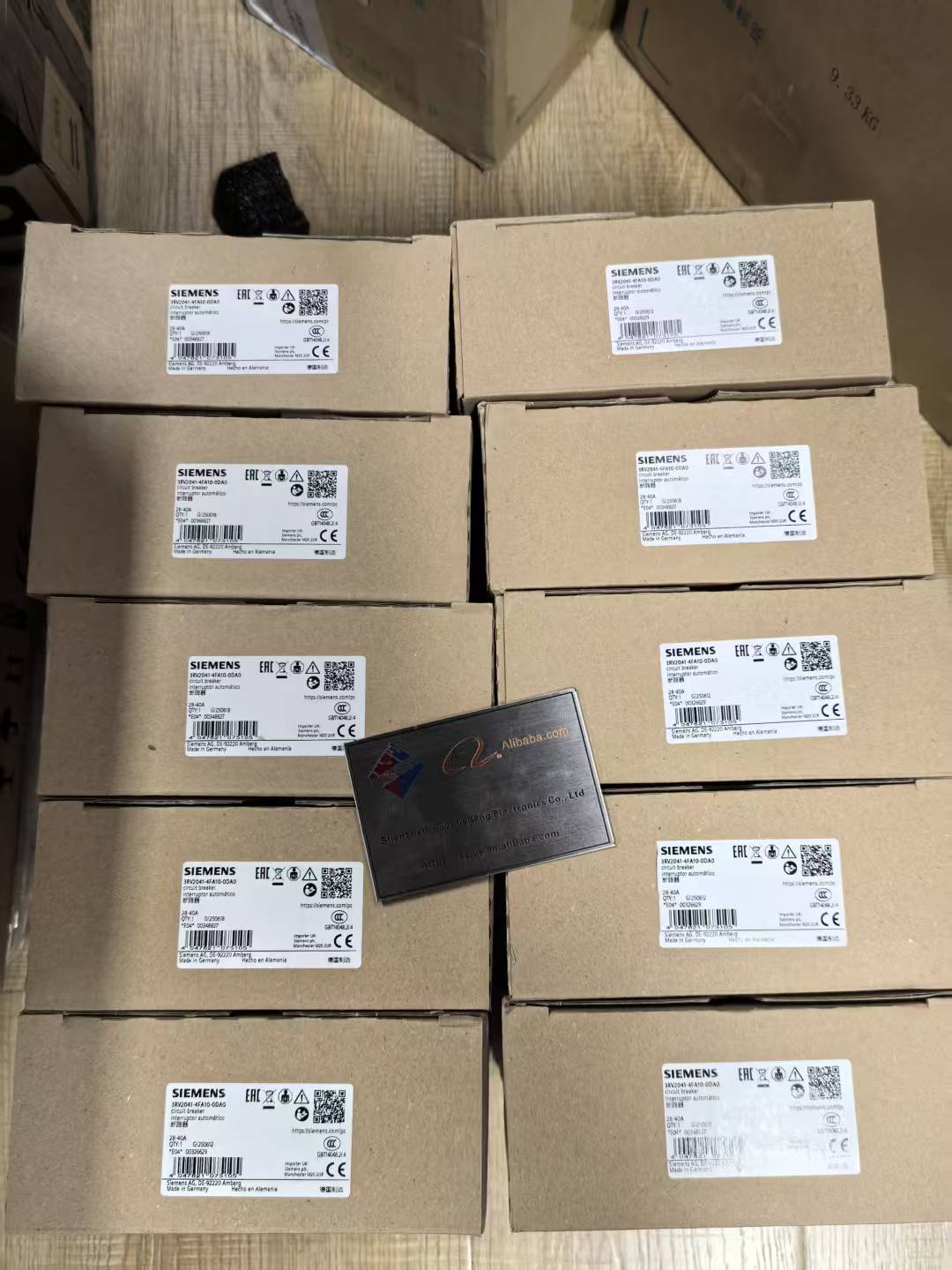
- 2025.10.22 Daily shipment of PLC products
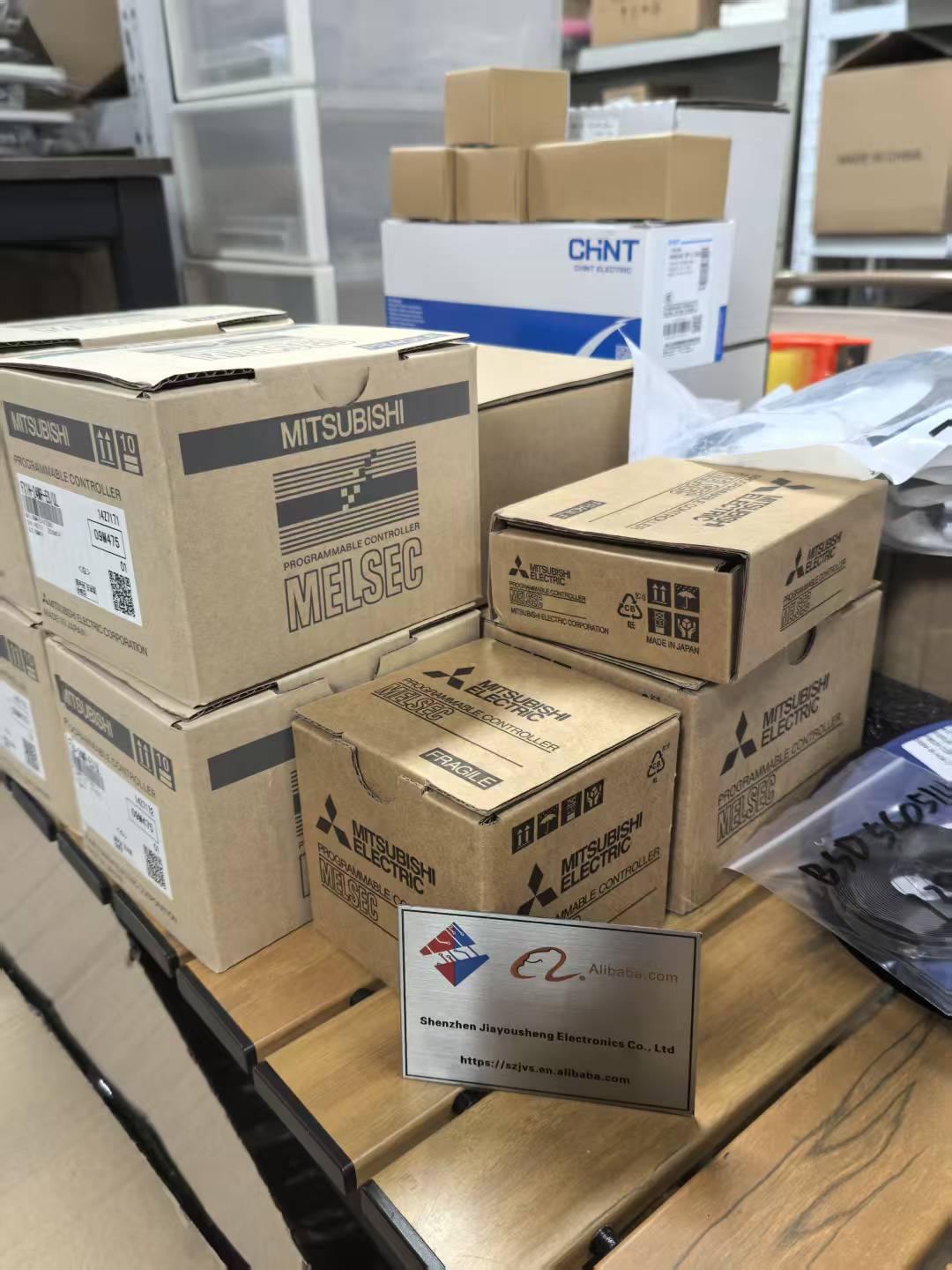
- 2025.10.21 Daily shipment of PLC products


